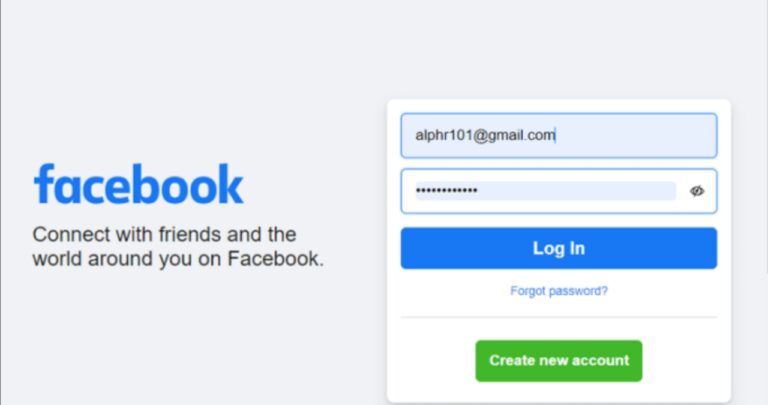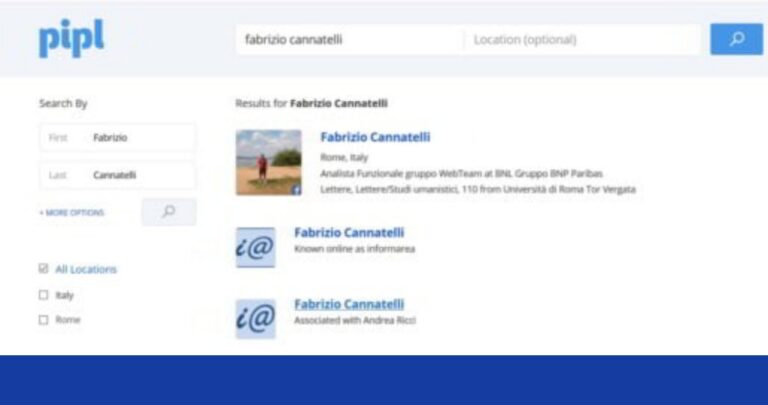How to Use the Facebook Debugger
Facebook Debugger is a program that shows you errors on your profile and gives you a hint as to what might be wrong. However, you cannot correct errors using it. You must check your page resolution, which should be at least 1200 x 628 pixels. In addition, it cannot view private pages. Therefore, you should make your profile thumbnails square to use it. If you’re unable to access your page, you can use other software that can help you.
Inferred Property errors
Using the Facebook debugger to examine the errors in your website’s code can help you to diagnose link issues and other issues. These errors are related to the Open Graph meta tags, which enable your web pages to become rich objects and control how they’re displayed on various social media platforms. One of the most common errors is og:image, which means the open graph algorithm cannot determine which image to display as the featured image. The team behind the Facebook debugger will review your site to figure out which tags to apply and which to remove.
The Facebook debugger provides a detailed report about errors and warnings regarding the Open Graph algorithm. You can use it to identify and correct these errors before you share your website’s code on Facebook. The Facebook debugger will also show you any previous scrapes made and how the Open Graph algorithm read the URL. The Facebook debugger also provides various meta tags to help you optimize your site.
Canonical URL errors
If you’re noticing a canonical URL error in the Facebook debugger, you should know that the page’s URL is not being fetched correctly. In this case, Facebook redirects to the homepage of the page and uses the og:data from the homepage to make the changes. The error occurs because slashes in the URL are being changed to HTML entities. If you are experiencing this error, please post the code you’re working with and the version of Expression Engine that you’re using.
While the Facebook debugger is easy to use, errors may be hard to understand without basic OpenGraph tags knowledge. If you’re not familiar with how to set up OpenGraph tags manually, you can use Yoast SEO to help you. But if you’d rather use a plugin, there are a few things you should know before using Facebook’s debugger. One thing to keep in mind is that this tool has a lot of useful features.
Image size errors
If you are experiencing problems sharing images on Facebook, you may be able to resolve this problem by using Facebook’s Debugger. It is a useful tool for identifying image sizes that may not be optimized for Facebook. Using the Facebook debugger, you can check whether the image size is too large or too small. It can be used to check the size of an image and the file size. However, if your Facebook image doesn’t load, try refreshing the page to reload the page.
Once you have verified that the size of an image is within the specified range, you can use the Facebook debugger tool to fix this issue. This tool will show you the image’s resolution and other details, so you can make the necessary adjustments. Once you’re done, click on the “Clean” button to save the changes. Once the changes have been made, you can post your image to Facebook! The new image should appear on your page within a few minutes.
Open Graph tag errors
The Facebook Debugger will help you identify and fix problems with your Open Graph tags, also known as OG tags. These tags control how Facebook displays your content. It can be used for preview checks or to analyze links before sharing them. You can download the debugger for free and use it to fix any problems with your OG tags. It will also provide you with the definitions of all the OG tags.
The Open Graph algorithm will pull information about your website from the URL and Open Graph Meta Tags. This metadata includes the page title, description, and featured image. Sometimes, the Open Graph algorithm will pull the wrong image or title, and a Facebook debugger tool will help you identify these issues before you share your content. This tool will also help you fix Open Graph errors with a plugin.
OG properties have depreciated
If you notice warnings like “OG properties have depreciated” in the Facebook debugger, this means your website’s Open Graph tags are not properly set up. These warnings are usually associated with an unrecognized app ID or blog post app ID. To resolve this issue, you should first fix the corresponding issues on your blog post. Then, you can scrape the Open Graph metadata. If you don’t have Open Graph metadata, you can clear the cache of your website and Cloudflare.
Open Graph meta tags fetch the properties of objects and share previews. Share preview is the information that displays when a piece of content is shared on Facebook. If you want to view the shared preview, you should check the corresponding Open Graph meta tags. In a Facebook debugger, open graph meta tags are found in the source code of a website’s HTML code. They get added to the head section of a web page’s code so that Facebook can understand the content.

I’m publisher on vents today if anyone want post on our website then do contact







